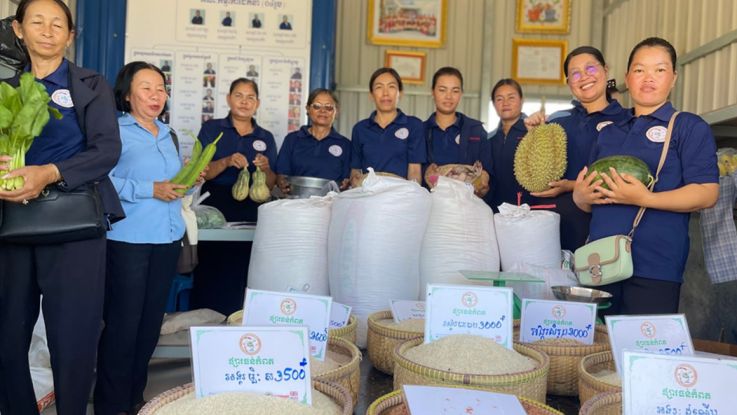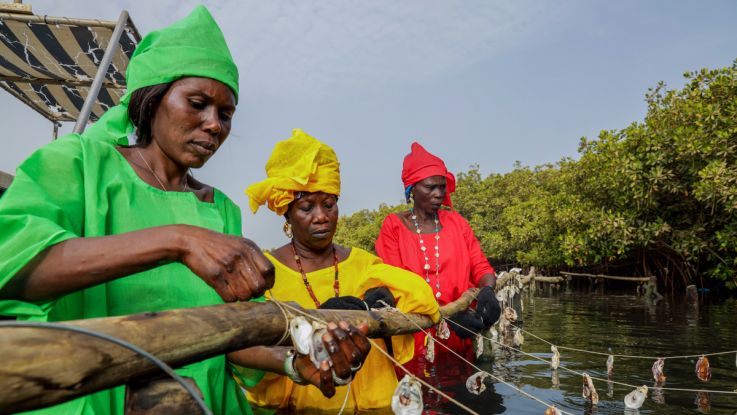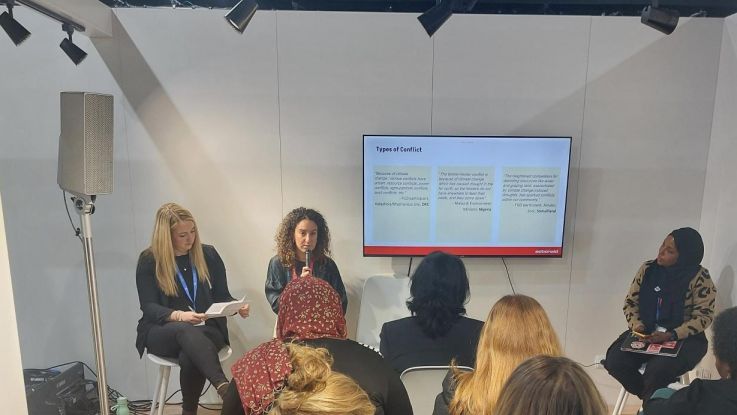World Water Day: everything you should know
17 March 2021
On World Water Day, we explore the unavoidable link between water and climate change. Find out when it is and what it means to mark this important day.
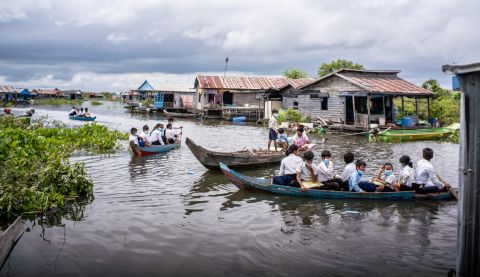
Children in Pursat, Cambodia travel to school on boats during the wet season. Photo: Cindy Liu/ActionAid
Around 2.2 billion people around the world don't have access to safe water. On World Water Day this year, we examine how climate change is making water even more scarce and unsafe.
Find out facts about this important day, and why we are shining a light on this issue.
What and when is World Water Day?
World Water Day was established by the United Nations in 1993 and is observed around the world on 22 March every year.
It is a day to highlight access to safe water and raise awareness about the global water crisis.
Why is World Water Day important?
Water scarcity can be defined as a physical shortage, or as a lack of access due to an irregular supply of water.
Almost half of the world's population is already living in potential water-scarce areas for at least one month a year. And about 73% of the affected people live in Asia.1
By 2030, 700 million people globally could be displaced by intense water scarcity.2
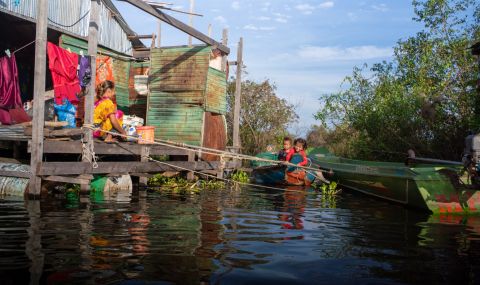
Life in a floating village in Pursat, Cambodia. Angkor Films/ActionAid .
We know that the growing demand for water and poor management of its supply is making water scarce. But climate change is accelerating this crisis.
That’s why on World Water Day we are examining the relationship between climate change and water. And why we work to support those severely affected by climate change.
How is climate change affecting water?
Water is essential to ecosystems around the world. Many people rely on it not only for drinking and sanitation but also for their livelihoods. Agriculture, industry and energy production all depend on access to water.
But climate change is shifting rainfall patterns. This is intensifying droughts, creating floods and altering water supplies.
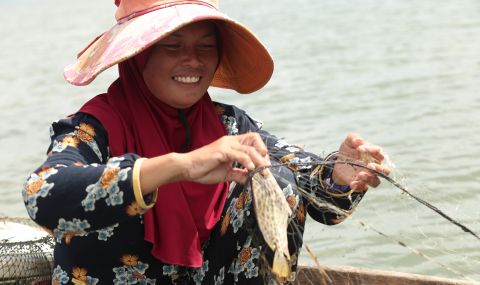
Fishing communities in Cambodia are seeing their fish yield decrease with every year .
In Cambodia where ActionAid works, extended spells of drought mean rainfall comes much later when needed. Or when the rain finally falls, it comes as unpredictable intense storms - bringing widespread floods and destruction.
Severe floods in 2013 and a prolonged drought in 2015 in Cambodia meant most of its 25 provinces experienced water shortages. Around 2.5 million people were severely affected.3
Both extreme weather events affect the levels and quality of water in local rivers and lakes, either drying up these vital water sources or polluting them.
For the coastal and the Tonle Sap Lake farming and fishing communities, water is their lifeblood.
Flash floods have destroyed fully grown harvests of rice and contaminated water, while low levels of water during droughts are destroying marine habitats4 and affecting the fish yields.
Local families are now worried about where their next safe drinking water will come from, and how they will manage to sustain their food sources and income without any crops or fish stock.
How women and girls are affected
At ActionAid, we know that women are girls are disproportionately affected by climate change and water scarcity.
Women and girls are more likely to live in poverty than men and face more discrimination which can heighten during and after climate change-related events such as floods and droughts.
Extreme weather events like these threaten natural resources like land and water, which women largely rely on for feeding their families and to make a living.
Women and girls also bear the heavy burden of increased unpaid care work due to climate change. It is often women and girls who are forced to walk great distances to find water when local sources dry up.
That’s why, as part of our work around the world, ActionAid helps women and girls fight climate change.
In Cambodia, we are building wells, providing solar-powered water pumps and installing local water distribution grids. These provide farming households with a reliable, year-round water supply that will enable them to grow crops and raise poultry.
We are training local women who are in turn teaching their communities how to store and conserve water during droughts.
We are also helping women switch from fishing to vegetable growing when rivers run dry, so they can continue to feed their families
How you can help this World Water Day
This World Water Day, we are working with women and girls all over the world whose lives have been devastated by climate change.
As climate change-related floods and droughts show no sign of abating, the global water crisis will continue to escalate. We urgently need to work together with women and girls to help them adapt to this new reality.
We will be able to help women and girls with access to water and train even more women in keeping their communities safe from the effects of climate change.

